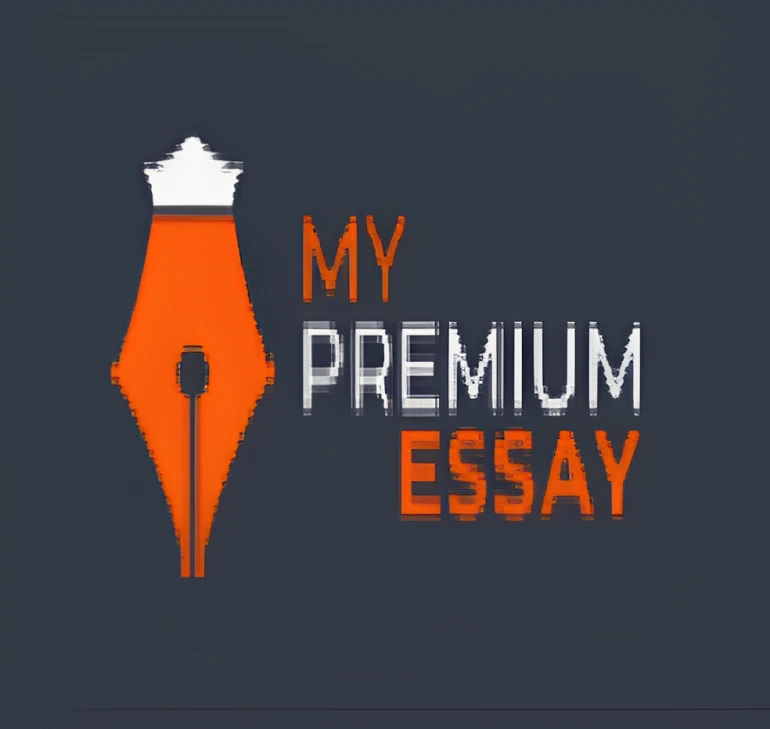A compelling narrative essay begins with a well-structured outline, akin to a roadmap that guides your storytelling expedition. An effective narrative essay engages readers through vivid storytelling, transporting them into the heart of your experiences. Imagine weaving a tapestry of words that not only narrates events but also evokes emotions, making your narrative a captivating tale.
Start your outline by sketching the key elements of your story: the introduction, plot development, climax, and resolution. In the introduction, establish the setting, introduce characters, and entice your audience with a glimpse of the central conflict. Use active verbs and concise sentences to maintain a brisk narrative pace. Employ unique words to add flair and captivate your reader's attention, creating an atmosphere that resonates with the essence of your narrative. As you delve into the outline, infuse emotions into your descriptions, allowing readers to connect on a deeper level. Remember, a well-crafted narrative essay outline is the foundation for an immersive storytelling experience.

Our latest blog post unfolds the essential steps to construct a robust outline, providing a complete guide, insightful tips, and addressing frequently asked questions. We've curated a comprehensive resource to empower your narrative essay writing journey. Ready to elevate your storytelling game? Let's dive in!"
How to Write a Narrative Essay Outline?
One of the most important steps in writing a narrative essay is to create an outline. An outline will help you organize your thoughts and ensure that your essay has a clear structure. Here are some steps on how to write a narrative essay outline:
-
Choose a topic.
What story do you want to tell? What is the most important or interesting part of the story?
-
Identify the main characters.
Who are the people involved in your story? What are their motivations?
-
Identify the setting.
Where and when does your story take place?
-
Identify the conflict.
What is the problem or challenge that your characters face?
-
Identify the climax.
What is the most important event in your story?
-
Identify the resolution.
How is the conflict resolved?
Outline for a Narrative Essay
Here's a basic outline for a narrative essay. Keep in mind that you can adjust and modify it to suit your specific topic and preferences.
I. Introduction |
A. HookStart with a captivating hook that grabs the reader's attention. |
B. BackgroundProvide a brief background or context for the story. |
C. Thesis StatementState the main point or lesson of the narrative. |
II. Setting the Scene |
A. Introduce the Main CharactersBriefly describe the characters involved, using vivid details. |
B. Establish the SettingPaint a clear picture of the time and place where the story unfolds. |
C. Create AtmosphereUse descriptive language to set the mood and atmosphere. |
III. Initiating the Conflict |
A. Present the ProblemIntroduce the central conflict or challenge faced by the characters. |
||
IV. Rising Action |
A. Develop the PlotDescribe a series of events that lead to the climax. |
B. Character DevelopmentExplore how the characters respond to challenges and evolve. |
|
V. Climax |
A. Turning PointDescribe the most intense moment of the story. |
B. Emotional ImpactConvey the emotional significance of the climax. |
|
VI. Falling Action |
A. ConsequencesExplore the aftermath of the climax. |
B. ResolutionBegin resolving the central conflict. |
|
VII. Conclusion |
A. Reflect on the ExperienceShare insights or lessons learned. |
B. End with a PunchFinish with a memorable statement or reflection. |
|
VIII. Afterthoughts |
A. Consideration of MetonymyReflect on any symbolic elements or metonymy used in the narrative. |
B. Emotional ResonanceReinforce emotional connections and reflections. |
Tips for Writing a Narrative Essay Outline
Here are some tips for writing a narrative essay outline:
-
Use strong verbs and vivid language to bring your story to life.
-
Be specific and concrete in your descriptions.
-
Use dialogue to reveal character and advance the plot.
-
Vary your sentence structure to keep your reader engaged.
-
Proofread your outline carefully before you start writing your essay.

Ready to bring your stories to life?
Transform your storytelling with our expert-crafted
narrative essay outline
Narrative Essay Outline FAQs
How do you write a narrative essay step by step?
-
1 Choose a meaningful topic.
-
2 Start with a captivating introduction.
-
3 Develop a chronological plot with vivid details.
-
4 Create well-rounded characters.
-
5 Include relevant dialogue.
-
6 Build tension and resolution.
-
7 Conclude by summarizing key points.
How do you end a narrative essay?
-
1 Summarize main events and lessons.
-
2 Reflect on the story's significance.
What is the purpose of dialogue in a narrative essay?
Purpose of Dialogue in a Narrative Essay:
-
1 Reveals character traits.
-
2 Advances the plot.
-
3 Conveys emotions.
What are the three parts of a narrative essay?
Three Parts of a Narrative Essay:
-
1 Introduction.
-
2 Body (Plot development, character, dialogue).
-
3 Conclusion.
What are the 4 ways you can start a narrative essay?
Four Ways to Start a Narrative Essay:
-
1 Engaging hook or quote.
-
2 Pose a question.
-
3 Vivid description of the setting.
-
4 Start with action or dialogue.
As you begin your narrative essay writing adventure, remember that MyPremiumEssay is here to inspire and guide you. Craft your stories with passion, precision, and the touch of excellence that defines us. Your narrative masterpiece awaits—pen it with the confidence that comes from mastering the art of storytelling. Happy writing, storyteller extraordinaire!




